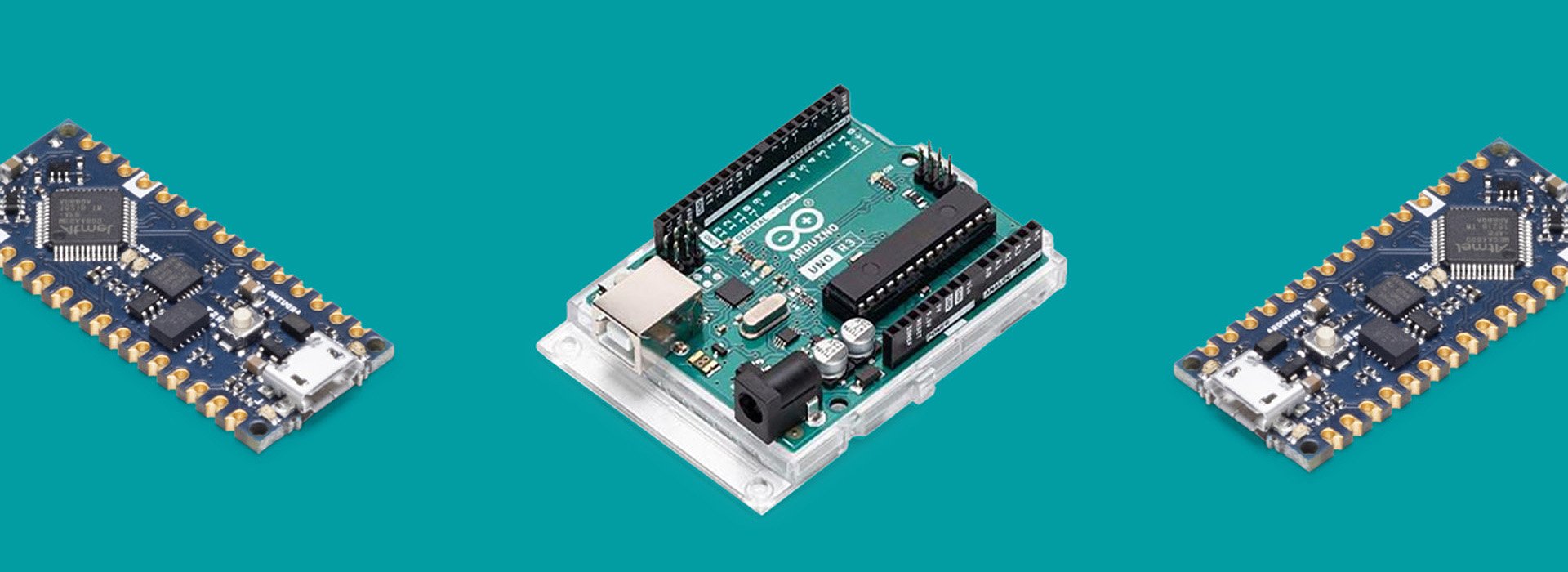One Platform, All Channels
Your business, one unified solution. Pimcore lets you bring your vision to life across every channel—digital or physical—with ease.
Every Way
Why limit yourself? Manage your entire omnichannel experience seamlessly from one central hub with Pimcore.
Your business, one unified solution. Pimcore lets you bring your vision to life across every channel—digital or physical—with ease.
Keep your brand sharp and on point. With Pimcore, all your data and assets live in one place, ensuring a flawless, consistent experience wherever you publish.



From personalized customer experiences to global rollouts, Pimcore adapts to any audience. Data and assets meet customer data for experiences that feel both personal and global.
Your data, everywhere it needs to be. Pimcore distributes content across every possible channel—digital, physical, social, and beyond. Get your products in front of your audience, no matter where they are.
One Place
Customers today expect seamless interactions across all touchpoints, and Pimcore delivers. Whether online, in-store, or on the next big platform, Pimcore allows you to manage your products, prices, promotions, and customer experiences—all from one place. With data consistency and personalization at the core, you will meet and exceed customer expectations. Take control of every channel and create unforgettable experiences that drive growth, no matter where your customers find you.
Conquer Data Management Challenges with Our Award-Winning Solutions
Master Digital Experience Management with Our Award-Winning Solutions
Contact us and receive an overview of how the Pimcore Platform fits your unique requirements.
See how we enabled real omnichannel for our clients.

Viani is a leading importer of Italian gourmet specialties. The company has been serving restaurateurs and retailers since 1973, and end consumers since 2016. In addition to its online store, Viani now operates nine retail stores,...

Paul Green is an internationally renowned manufacturer of high-quality shoes for women, characterized by timeless design, outstanding quality and a focus on sustainability.
The brand Paul Green has been completely relaunched and the new...

Arduino is an open-source electronics platform based on easy-to-use hardware and software. All Arduino boards are completely open-source, empowering users to build them independently. Over the years Arduino has been the brain of...
Receive direct access to a Pimcore Demo with pre-filled data across various modules.
Experience first-hand how Pimcore can propel your business forward, guided by an expert.
We will use your personal data solely to process your request. For a better localized experience, we might share your data with certified solution partners in your geographical region. For more information, please read our privacy policy.
Choose the topics you are interested in and fill in the last details for a personalised tour.
Copyright © 2025 Pimcore, All Rights Reserved | Imprint | Privacy Policy | General Terms & Conditions (PTC) | TOMs